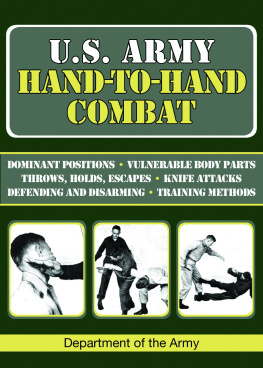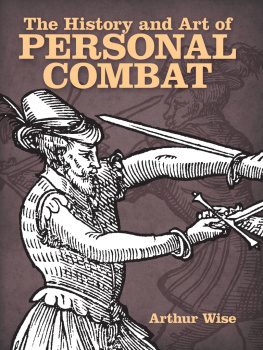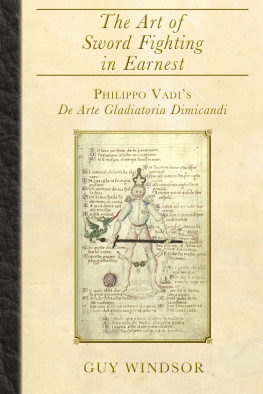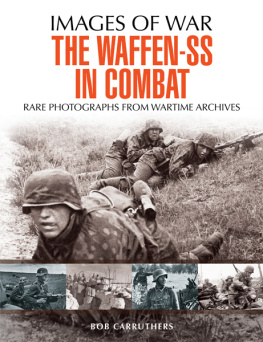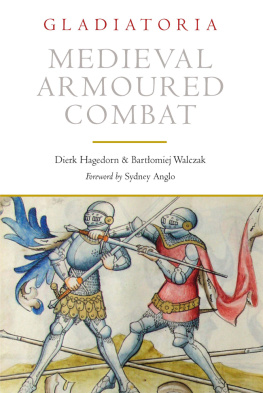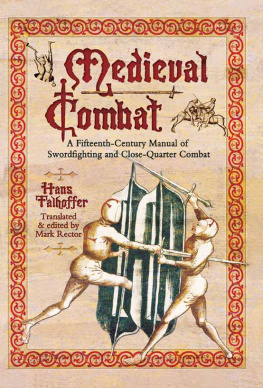THE ART OF SWORD COMBAT
THE
ART OF
SWORD
COMBAT
A 1568 GERMAN TREATISE ON
SWORDMANSHIP
JOACHIM MEYER
Translated by Jeffrey L. Forgeng
The Art of Combat
A German Martial Arts Treatise of 1570
First published in 2016 by Frontline Books,
an imprint of Pen & Sword Books Ltd,
47 Church Street, Barnsley, S. Yorkshire, S70 2AS
Translation and editorial matter Dr Jeffrey L. Forgeng 2016
Images from Msc. A. 4o 2 Lund University Library.
Photography, all rights reserved, Lund University Library.
All rights reserved. No part of this publication may be reproduced, stored in or introduced into a retrieval system, or transmitted, in any form, or by any means (electronic, mechanical, photocopying, recording or otherwise) without the prior written permission of the publisher. Any person who does any unauthorized act in relation to this publication may be liable to criminal prosecution and civil claims for damages.
ISBN 978-1-47387-675-0
eISBN 978-1-47387-677-4
Mobi ISBN 978-1-47387-676-7
Library of Congress Cataloging-in Publication Data available
Contents
Acknowledgements
When I started working on Joachim Meyer in 2000, I was very much alone in the enterprise; it has been gratifying to witness the emergence of a community of people contributing to our shared knowledge of the sixteenth-century master. I would like to thank Lunds Universitetsbibliothek, not only for gracious permission to reproduce the images from the manuscript, but also for the consistently exemplary assistance they provided throughout our interactions on this project. Thanks are also due to the Archives de la ville et de lEuromtropole de Strasbourg for permission to reproduce the image at the head of Olivier Dupuiss article. I would particularly like to acknowledge the contributions of Dupuis himself, whose work in the Strasbourg archives has done so much to put a human face on the author, and who has graciously allowed my translation of his article on Meyer to be published as part of this work. I would also like to thank Roger Norling, the force behind the Facebook page calling for the reprint of my 2006 translation of Meyers Art of Combat , and a valuable Meyer scholar in his own right; and Heike Trger and Daniel Faustmann, who have generously shared the fruits of their work on Meyers Rostock manuscript. Finally I would like to give special thanks to William R. Short, a force in the Higgins Armory Sword Guild during the museums glorious final decade and a half; Bills tireless efforts in our shared undertakings did more than I can say to contribute to the quality and productivity of my work during my time at the Higgins Armory.
Introduction
Any account of the combat treatises ( Fechtbcher in German) that document the traditional martial arts practices of the Middle Ages and Renaissance must rank Joachim Meyer in the top tier of importance. Meyers published treatise, the Kunst des Fechtens (Art of Combat), first printed in 1570, stands as a uniquely detailed and systematic encyclopedia of the combat traditions that Meyers generation inherited from the Middle Ages.
Meyers significance has been further enhanced by some striking new discoveries. In the past decade, the author has been transformed from a shadowy figure known only from his one published work to a well-documented historical personality whose life, career, and writings can be traced
The manuscript translated here, Lunds Universitetsbibliothek Msc. A 4o 2, offers important data about both Meyers personal story and the martial arts as he practised, taught, and documented them. In part, the manuscript represents an early version of his published Art of Combat : the first section, covering techniques for the longsword, overlaps heavily with the material he would eventually publish. However, the relationship is much more distant for the sections the dusack and the rapier: not only do they offer substantially different content than in the 1570 Fechtbuch , but in some important areas the manuscript helps elucidate the contents of the published work. For clarity, and in recognition of the substantially different content of more than half of the manuscript, the text is here titled The Art of Sword Combat .
Meyers Life
Since the publication of my translation of Meyers Art of Combat in 2006, much has been learned about Meyers biography, thanks in large measure to Olivier Dupuis (see
We can be reasonably sure that Meyer grew up in advantaged middle-class circumstances of the day: his family had the means to secure him an apprenticeship, as well as a solid education, as evidenced by his literary skill and familiarity with historical sources, particularly evident in the preface to the published Art of Combat . Given Meyers residence exclusively in Protestant environments and his consistent association with Protestant patrons, we can assume that he was himself a Protestant.
The earliest certain documentation of Meyers life is the record of his marriage to Apollonia Rlmann in the parish of St William in Strassburg on 4 June 1560. Strassburg in the 1560s was a small city of about 22,000 inhabitants. Since the Middle Ages it had been a Free City of the Holy Roman Empire, nominally falling within the Empires jurisdiction but essentially self-governed by a city council known as the Council and the Twenty-One. Like Basel, Strassburg was located on the Rhine (actually just off the river, with a system of waterways connecting the city to the Rhine itself). The two cities were closely bound to each other economically and culturally in addition to the ties of Rhenish trade, both were important Protestant centres in the German-speaking world. Meyers migration from Basel to Strassburg was far from an unusual life story.
Meyers wife, Apollonia, was the widow of Jacob Wittgaw; her late husband had been a baker and citizen of the town. Through right of the widow, Meyer was himself admitted to citizenship six days after his marriage. The marriage record specifies that Meyer was a cutler, and the record of his citizenship assigns him to the Company of Smiths, which served as the general guild for a variety of metalworking crafts.
Jost Ammans Stndebuch of 1568 depicts the shop of a cutler (Messerschmidt) in Meyers day. (sig. R3r)
Meyers marriage to a well-established widow was a stereotypical story for young men of his class. With relatively high mortality rates, widowhood was not a rare event even for fairly young women, and in the male-dominated world of the 1500s it was advantageous for a widow to find a new husband to help keep her household financially stable. Widows actually accounted for about 40 per cent of brides in Strassburg during the 1560s, although the figure was somewhat elevated by an epidemic of the plague in 1564.
In addition to his day job as a cutler, Meyer was an experienced practitioner of the martial arts. Multiple entries in the minutes of the city council over the course of the 1560s document requests from Meyer for permission to hold public fencing competitions (Fechtschulen) . The earliest of these, in 1561, mentions another fencer, Christoph Elias, who is described as having studied Meyer, implying that Meyer was already an advanced practitioner at this time.


